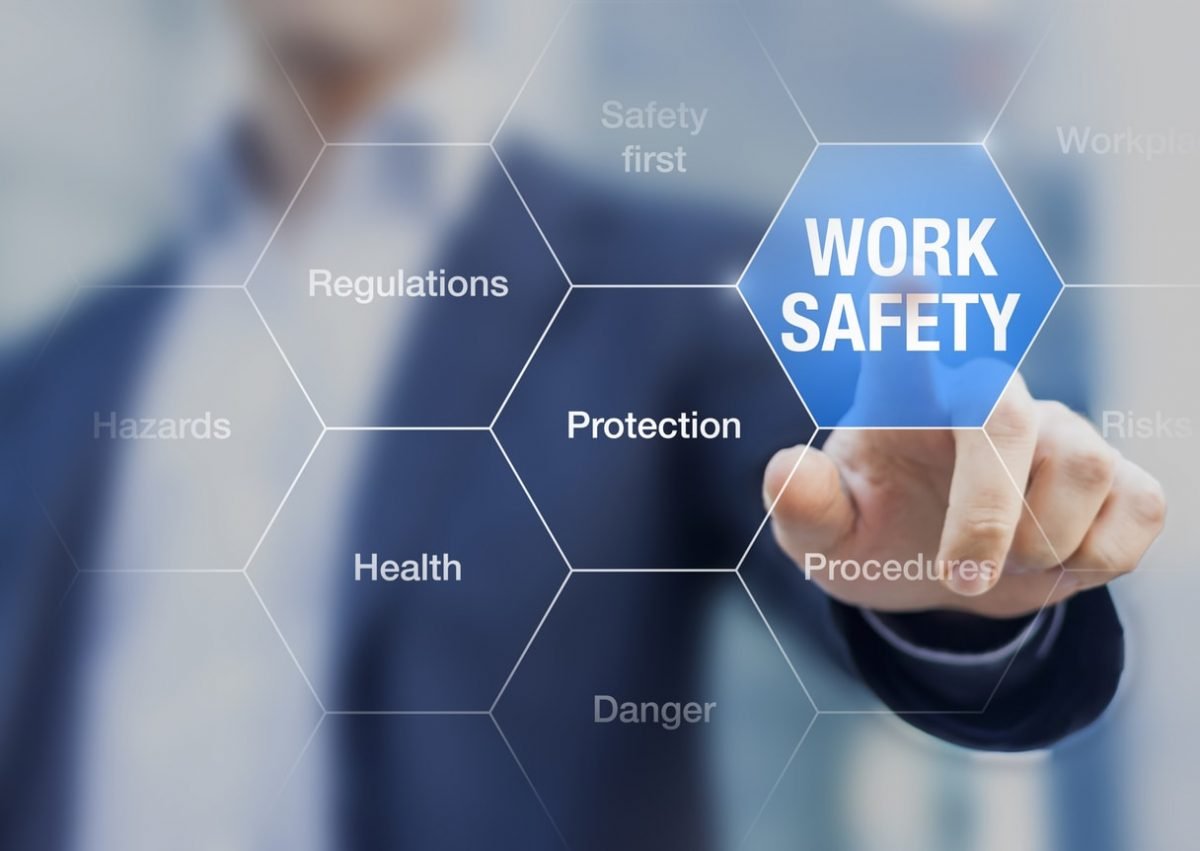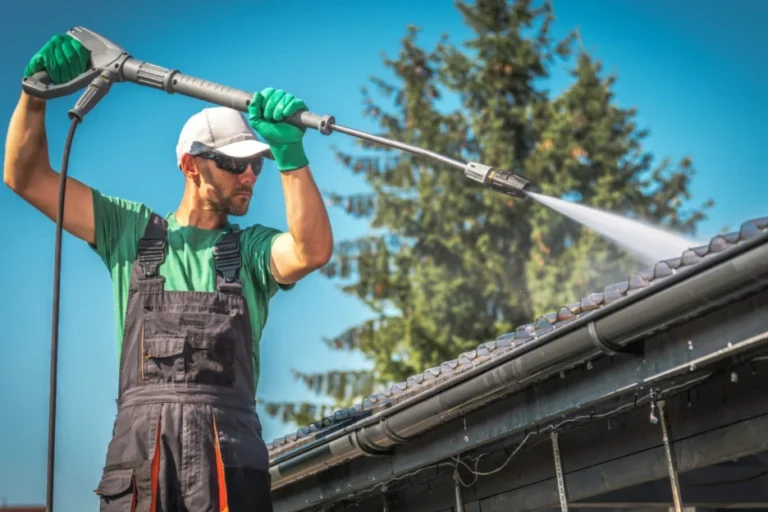
The Importance of Safety Culture
A sturdy protection lifestyle is paramount in keeping safe and effective work surroundings. It considerably reduces workplace accidents and complements ordinary worker well-being. Companies with robust protection cultures tend to revel in higher employee delight and decrease turnover prices. Learning how to foster a safety culture in the workplace includes strategic planning and dedication from all ranges of the employer.
Starting with a deep know-how and appreciation of its advantages is important. According to a National Safety Council file, offices with proactive protection measures in place see a 50% reduction in injury-associated charges, underscoring the huge cost of prioritizing safety.
Leadership and Management Commitment
For a safety subculture to thrive, management and management need to be completely committed. This entails developing guidelines, actively taking part in protection initiatives, and showing real subjects for employee protection. Leadership’s conduct sets the tone for the entire agency. When control prioritizes safety, it encourages employees to observe in shape. A right leader will endorse protection policies and embody them in daily sports.
Management’s engagement may be as simple as undertaking ordinary walkthroughs to identify capability dangers or keeping quarterly protection meetings to review protocols and upgrades. A look at by using the Occupational Safety and Health Administration (OSHA) discovered that places of work with lively management participation in safety saw a forty% discount in incidents.
Employee Engagement and Involvement
Engaged employees are more likely to comply with safety protocols and participate in safety initiatives. Creating opportunities for personnel to provide remarks and be part of safety committees can greatly enhance engagement stages. When personnel feel valued and heard, they may be greater proactive in recognizing and mitigating risks.
Employee-driven projects frequently yield progressive safety answers that might be left out by using management by myself. For example, some corporations have effectively applied ‘Safety Champions’ applications, where decided on employees propose and display satisfactory safety practices among their peers. Additionally, fostering a feeling of possession and responsibility can enhance usual protection awareness and adherence.
Effective Communication
Open and clear communication channels are critical for fostering a protection tradition. Regular protection meetings, newsletters, and concept structures help keep protection at the forefront. Employees need to experience cushty reporting dangers or dangerous behaviors without worry of reprisal.
Emphasizing the significance of verbal exchange in protection initiatives ensures all and sundry is on the same web page and is aware of their roles and duties honestly. Incorporating virtual platforms for communique, inclusive of safety apps or intranet structures, can similarly streamline the system, ensuring well-timed and effective dissemination of protection-associated statistics.
Training and Education
Employees who acquire ongoing instruction and schooling are assured to be knowledgeable about safety tactics and techniques. Training sessions should be interactive and practical, supplying actual-lifestyles scenarios for higher information. Well-based education applications can appreciably improve protection awareness and preparedness amongst the body of workers.
Incorporating complete and steady schooling regimes enables solidifying the employer’s commitment to protection. For example, utilizing virtual reality (VR) education modules, which mirror actual-lifestyles situations, has been shown to improve retention and know-how of safety practices better than conventional strategies.
Continuous Improvement
A safety tradition isn’t a static entity; it requires ongoing efforts to enhance. Regular audits, inspections, and comment loops can help discover areas for development. Implementing top recommendations for improving safety culture can provide actionable steps for enhancement. An evolving safe way of life adapts to new demanding situations and continuously seeks to reduce risks.
Adopting methodologies together with Plan-Do-Check-Act (PDCA) cycles can facilitate this continuous development. Updating safety strategies on an ordinary foundation in reaction to changing place of work conditions or new hazards ensures that the employer will continually be proactive and innovative about protection.
Measuring Success
Measuring the effectiveness of your safety tasks is critical. Key performance indicators (KPIs) including incident fees, close-to-misses, and worker engagement tiers must be often monitored. Utilizing those metrics facilitates making informed decisions to similarly improve the safety subculture. Regular metrics assessment aids in figuring out both strengths and areas wanting improvement, making sure resources are allotted effectively.
For more strategies on improving protection culture, do not forget the insights discovered on this OSHA aid. By benchmarking in opposition to enterprise requirements and often reading protection statistics, organizations can set sensible goals and tune their development correctly. This iterative procedure guarantees that the safety tradition isn’t best sustained but usually evolves to guard personnel higher.
Conclusion
In conclusion, fostering a strong protection lifestyle isn’t simply a compliance requirement but a strategic vital for agencies aiming to ensure a safe and effective place of work. This article has underscored several key ideas and strategies crucial for cultivating such a tradition.
Firstly, emphasizing the importance of safety way of life highlights its direct effect on lowering the place of business accidents and enhancing employee well-being. Companies that prioritize protection revel in better employee pride and lower turnover prices, immediately contributing to organizational success.



